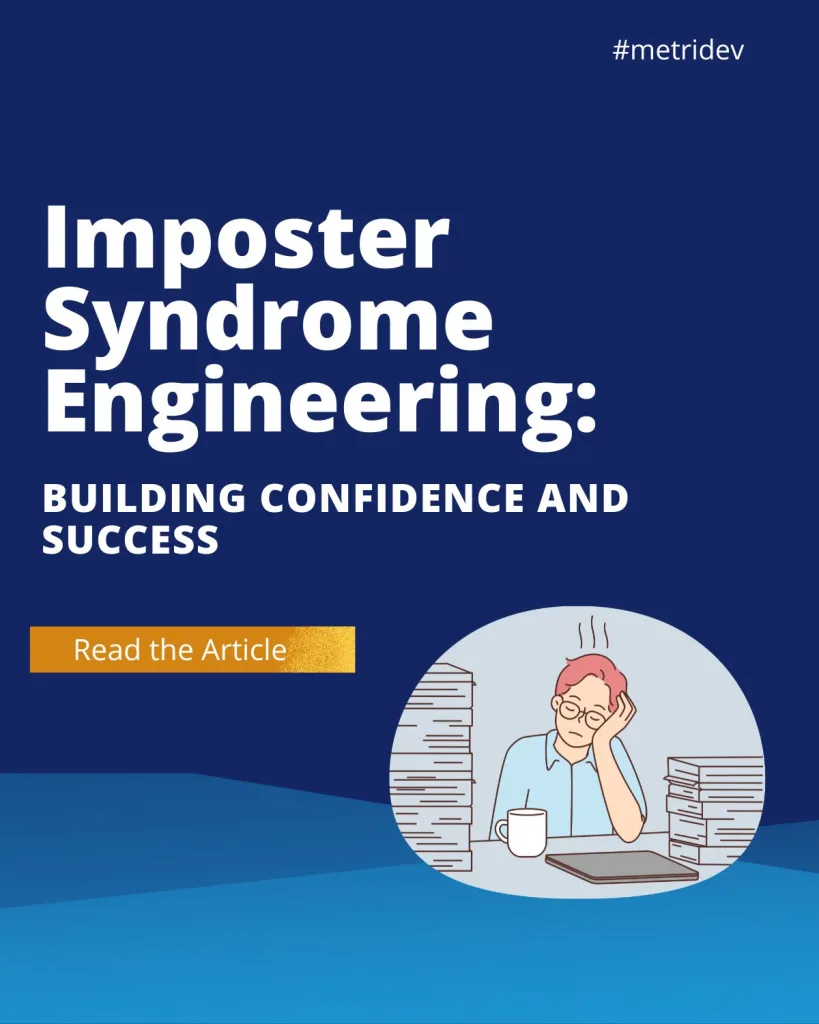Introduction
In today’s fast-paced and ever-changing business landscape, organizations are constantly looking for ways to improve project execution. Moreover, one approach that has gained significant popularity is the Safe Agile Process Flow. Furthermore, this article will delve into its key components, its benefits, and provide a step-by-step breakdown of the process. Additionally, by embracing this framework, organizations can achieve efficient project execution and deliver successful outcomes.
Understanding the Agile Framework
Before delving into the Safe Agile Process Flow, it is essential to have a clear understanding of the Agile framework. Agile is an iterative and collaborative approach to project management that focuses on adaptability and flexibility. Unlike traditional project management methodologies, Agile encourages frequent customer collaboration, continuous feedback, and incremental delivery. This iterative approach allows teams to respond to changes and deliver value to customers more efficiently.
What are the steps in SAFe Agile?
The Safe Agile Process Flow builds upon the principles of Agile and extends them to the enterprise level. It provides a framework for organizations to scale Agile practices across multiple teams and projects. The steps in this process can be broadly categorized into four stages: Portfolio, Program, Team, and Value Stream. Each stage has its specific set of activities and artifacts that contribute to the overall project execution.
What is flow in SAFe Agile?
Flow is a critical concept in the Safe Agile Process Flow. Additionally, it refers to the smooth and uninterrupted movement of work through the various stages of the project. Moreover, in SAFe Agile, flow is visualized using a Cumulative Flow Diagram (CFD) that tracks the work in progress (WIP) across different stages. Furthermore, the CFD provides valuable insights into the bottlenecks and constraints in the project, allowing teams to take proactive measures to optimize flow and improve efficiency.
Key Components of the Safe Agile Process Flow
The Safe Agile Process Flow encompasses several key components that contribute to its effectiveness. One of the essential components is the Cumulative Flow Diagram (CFD), which provides a visual representation of the flow of work through the project stages. By analyzing the CFD, teams can identify areas of improvement and take corrective actions accordingly.
Another crucial component is the concept of work in progress (WIP) limits. WIP limits help prevent overloading teams with too much work, which can lead to decreased productivity and increased lead time. By setting appropriate WIP limits, teams can maintain a steady flow of work and ensure that each task receives the necessary attention and focus.
The concept of value streams is also central to the Safe Agile Process Flow. Value streams represent the end-to-end flow of value delivery to the customer. By mapping out value streams, organizations can identify and eliminate non value-added activities, streamline processes, and optimize the flow of value delivery.

Benefits of Implementing the Safe Agile Process Flow
Implementing the Safe Agile Process Flow offers several benefits for organizations. Firstly, it promotes collaboration and transparency across teams and stakeholders. By breaking down silos and fostering a culture of collaboration, organizations can enhance communication, improve decision-making, and accelerate project delivery.
Secondly, the Safe Agile Process Flow enables organizations to respond quickly to changing market demands. The iterative nature of Agile allows teams to adapt and adjust their plans based on customer feedback and evolving requirements. This flexibility helps organizations stay competitive and deliver products and services that meet customer expectations.
Furthermore, by visualizing flow using the CFD and implementing WIP limits, organizations can identify bottlenecks and constraints early on and take proactive measures to address them. This leads to improved efficiency, reduced lead times, and increased throughput.
Why is it important to spend time in the zone in SAFe Agile?
In the Safe Agile Process Flow, spending time in the zone refers to the state of deep focus and concentration where individuals can fully immerse themselves in their work. This state of flow is crucial for achieving high productivity and delivering quality outcomes. When individuals are in the zone, they are more likely to experience a sense of accomplishment and satisfaction, leading to increased motivation and overall team success.
Step-by-Step Breakdown of the Safe Agile Process Flow
1. Portfolio Stage: In this stage, organizations prioritize and select projects based on strategic goals and objectives. The team creates the portfolio backlog and selects the highest-priority projects for further development.
2. Program Stage: Once the team selects projects, they group them into programs based on their dependencies and alignment with business objectives. The team creates the program backlog and plans and executes the projects within the program.
3. Team Stage: At the team level, the team further breaks down the selected projects into smaller increments called iterations or sprints. The team creates the team backlog and assigns tasks to individual team members. They conduct daily stand-up meetings and regular sprint reviews and retrospectives to ensure continuous improvement.
4. Value Stream Stage: The value stream represents the end-to-end flow of value delivery to the customer. In this stage, organizations focus on optimizing the value stream by eliminating waste, improving flow, and delivering value more efficiently.
Common Challenges and Solutions in Implementing the Safe Agile Process Flow
Implementing the Safe Agile Process Flow can be challenging, especially for organizations transitioning from traditional project management methodologies. Some common challenges include resistance to change, lack of clarity in roles and responsibilities, and difficulty in aligning multiple teams and stakeholders. However, these challenges can be overcome through effective change management strategies, clear communication, and training and coaching programs.
Some Tools and Technologies
Several tools and technologies are available to support the implementation of the Safe Agile Process Flow. Moreover, these include project management software, collaboration platforms, and visual tracking tools. Additionally, these tools provide teams with the necessary visibility, communication, and collaboration capabilities to effectively implement the Safe Agile Process Flow.
Training and Certification Programs for the Safe Agile Process Flow
To ensure successful implementation of the Safe Agile Process Flow, organizations can invest in training and certification programs for their teams. These programs provide the necessary knowledge and skills required to effectively apply Agile principles and practices at scale. Certifications such as SAFe Agilist and SAFe Practitioner validate individuals’ understanding and competence in implementing the Safe Agile Process Flow.
What is a scaled Agile framework push or pull?
In a scaled Agile framework, the terms “push” and “pull” refer to different approaches to work allocation and task assignment. In a push-based system, work is assigned to individuals or teams based on predetermined plans and schedules. This approach may lead to overloading and inefficiencies if not properly managed.
In contrast, a pull-based system allows individuals or teams to pull work based on their capacity and availability. Work is allocated based on real-time demand and the team’s capability to handle the workload. This approach promotes flexibility, collaboration, and ensures that work is only pulled when the team is ready to handle it.
What is flow of work in scaled Agile framework?
In a scaled Agile framework, the flow of work refers to the movement of tasks and deliverables through various stages of the project. The flow of work is visualized using tools such as Kanban boards or Cumulative Flow Diagrams (CFDs). By visualizing the flow of work, teams can identify bottlenecks, prioritize tasks, and optimize the delivery process.
Conclusion
The Safe Agile Process Flow provides organizations with a structured framework for efficient project execution. By embracing Agile principles and scaling them across the enterprise, organizations can achieve improved collaboration, faster response to change, and increased efficiency. The key components of the Safe Agile Process Flow, such as the Cumulative Flow Diagram, value streams, and WIP limits, contribute to optimizing flow and delivering successful outcomes. With the right tools, training, and a focus on continuous improvement, organizations can leverage the Safe Agile Process Flow to stay competitive in today’s dynamic business environment.
To learn more about implementing the Safe Agile Process Flow and achieving efficient project execution, read our article Alignment Software: The Key to Streamlined Efficiency.









Leave a Reply